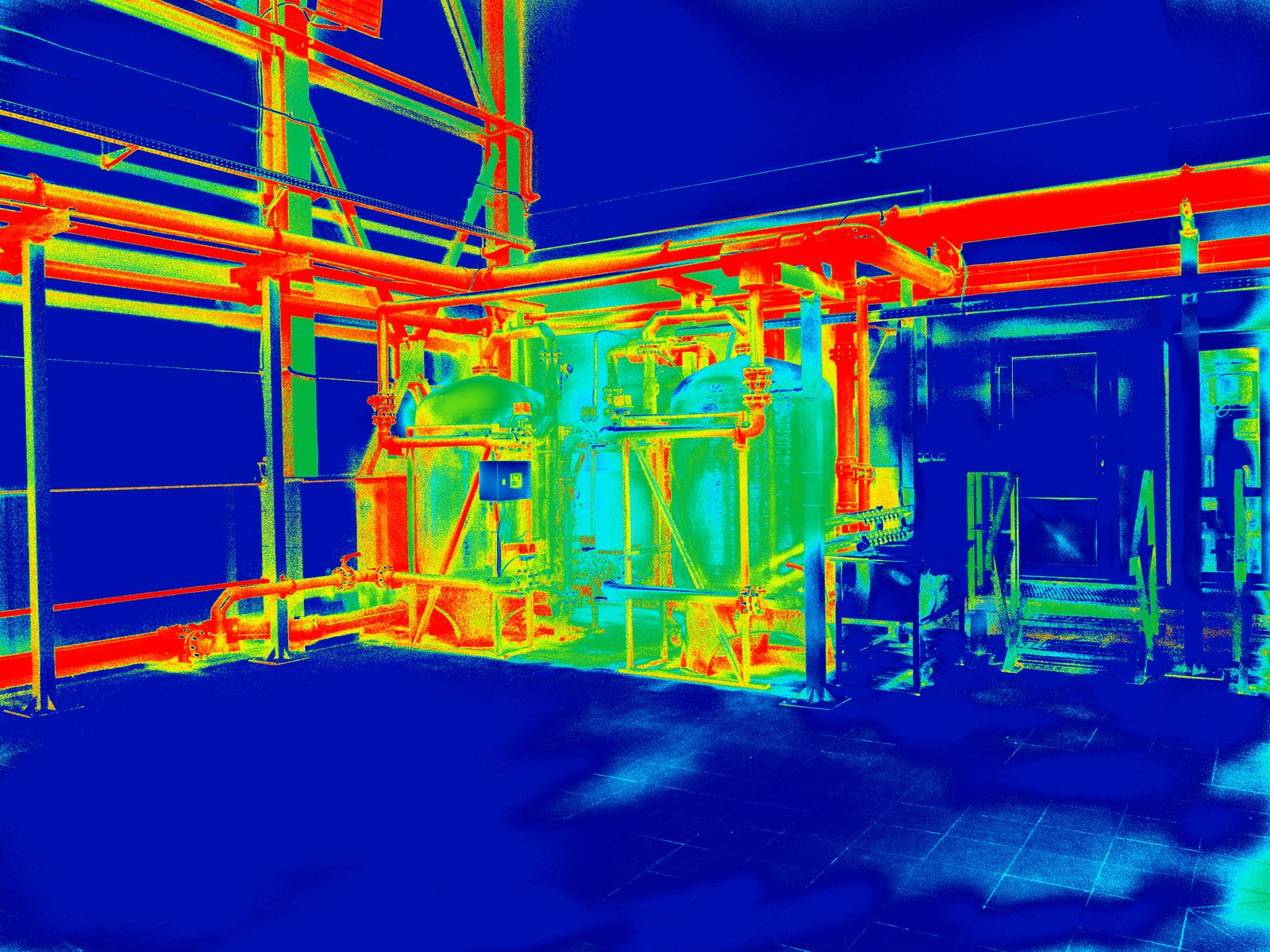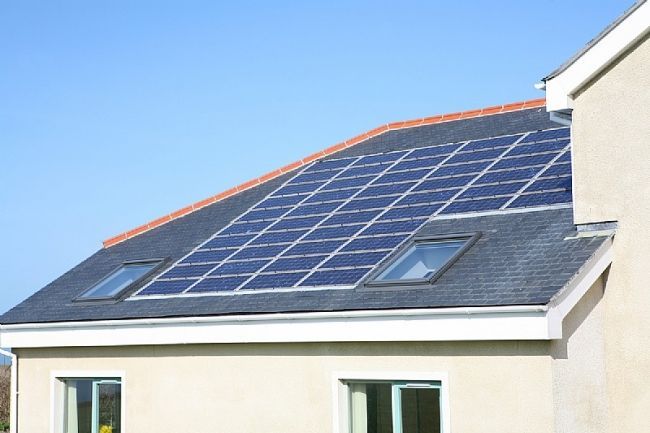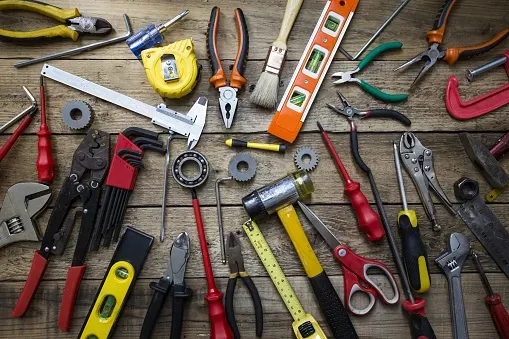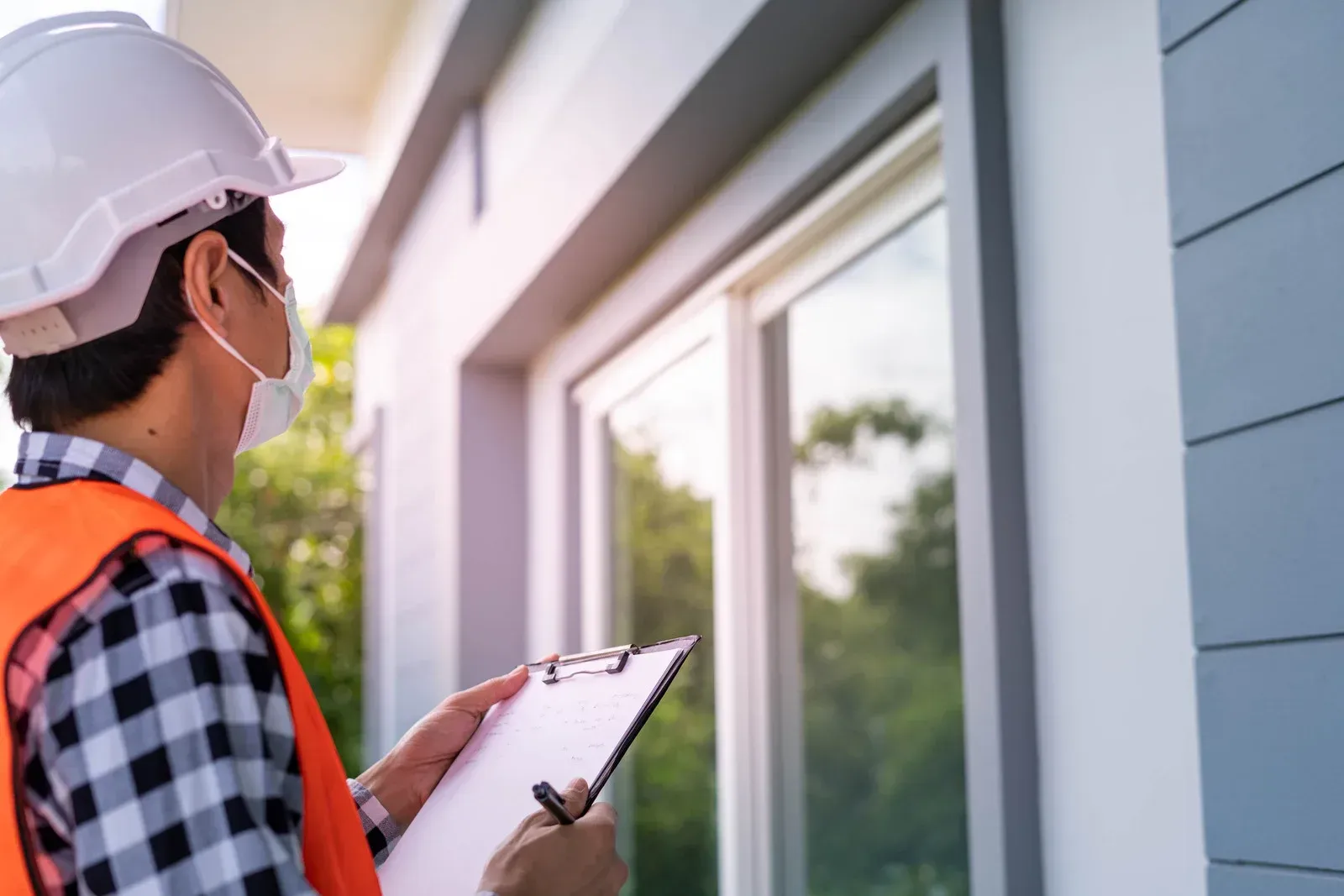Located in Newburgh, NY,
Serves the Hudson Valley
License number: UID# 16000078707
Call or Text
Carbon Monoxide Poisoning and Detectors
Carbon monoxide (CO) is a colorless, odorless, poisonous gas that forms from incomplete combustion of fuels, such as natural or liquefied petroleum gas, oil, wood or coal.
Facts and Figures:
- 480 U.S. residents died between 2001 and 2003 from non-fire-related carbon-monoxide poisoning.
- Most CO exposures occur during the winter months, especially in December (including 56 deaths, and 2,157 non-fatal exposures), and in January (including 69 deaths and 2,511 non-fatal exposures). The peak time of day for CO exposure is between 6 and 10 p.m.

- Many experts believe that CO poisoning statistics understate the problem. Because the symptoms of CO poisoning mimic a range of common health ailments, it is likely that a large number of mild to mid-level exposures are never identified, diagnosed, or accounted for in any way in carbon monoxide statistics.
- Out of all reported non-fire carbon-monoxide incidents, 89% or almost nine out of 10 of them take place in a home.
Physiology of Carbon Monoxide Poisoning
When CO is inhaled, it displaces the oxygen that would ordinarily bind with hemoglobin, a process the effectively suffocates the body. CO can poison slowly over a period of several hours, even in low concentrations. Sensitive organs, such as the brain, heart and lungs, suffer the most from a lack of oxygen.
High concentrations of carbon monoxide can kill in less than five minutes. At low concentrations, it will require a longer period of time to affect the body. Exceeding the EPA concentration of 9 parts per million (ppm) for more than eight hours may have adverse health affects. The limit of CO exposure for healthy workers, as prescribed by the U.S. Occupational Health and Safety Administration, is 50 ppm.
Potential Sources of Carbon Monoxide
Any fuel-burning appliances which are malfunctioning or improperly installed can be a source of CO, such as:
- furnaces;
- stoves and ovens;
- water heaters;
- dryers;
- room and space heaters;
- fireplaces and wood stoves;
- charcoal grills;
- automobiles;
- clogged chimneys or flues;
- space heaters;
- power tools that run on fuel;
- gas and charcoal grills;
- certain types of swimming pool heaters; and
- boat engines.
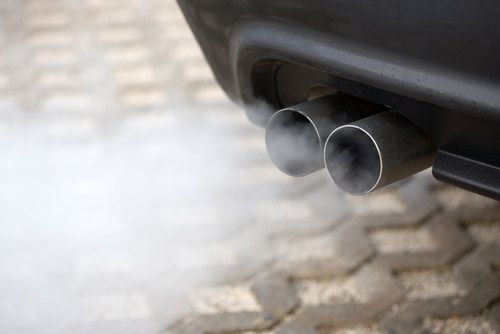
| PPM | % CO in air | Health Effects in Healthy Adults | Source / Comment |
|---|---|---|---|
| 0 | 0% | no effects; this is the normal level in a properly operating heating appliance | |
| 35 | 0.0035% | maximum allowable workplace exposure limit for an eight-hour work shift | The National Institute for Occupational Safety and Health (NIOSH) |
| 50 | 0.005% | maximum allowable workplace exposure limit for an eight-hour work shift | OSHA |
| 100 | 0.01% | slight headache, fatigue, shortness of breath, errors in judgment | |
| 125 | 0.0125% | workplace alarm must sound (OSHA) | |
| 200 | 0.02% | headache, fatigue, nausea, dizziness | |
| 400 | 0.04% | severe headache, fatigue, nausea, dizziness, confusion; can be life-threatening after three hours of exposure | evacuate area immediately |
| 800 | 0.08% | convulsions, loss of consciousness; death within three hours | evacuate area immediately |
| 12,000 | 1.2% | nearly instant death |
CO Detector Placement
CO detectors can monitor exposure levels, but do not place them:
- directly above or beside fuel-burning appliances, as appliances may emit a small amount of carbon monoxide upon start-up;
- within 15 feet of heating and cooking appliances, or in or near very humid areas, such as bathrooms;
- within 5 feet of kitchen stoves and ovens, or near areas locations where household chemicals and bleach are stored (store such chemicals away from bathrooms and kitchens, whenever possible);
- in garages, kitchens, furnace rooms, or in any extremely dusty, dirty, humid, or greasy areas;
- in direct sunlight, or in areas subjected to temperature extremes. These include unconditioned crawlspaces, unfinished attics, un-insulated or poorly insulated ceilings, and porches;
- in turbulent air near ceiling fans, heat vents, air conditioners, fresh-air returns, or open windows. Blowing air may prevent carbon monoxide from reaching the CO sensors.
Do place CO detectors:
- within 10 feet of each bedroom door and near all sleeping areas, where it can wake sleepers. The Consumer Product Safety Commission (CPSC) and Underwriters Laboratories (UL) recommend that every home have at least one carbon monoxide detector for each floor of the home, and within hearing range of each sleeping area;
- on every floor of your home, including the basement (source: International Association of Fire Chiefs/IAFC);
- near or over any attached garage. Carbon monoxide detectors are affected by excessive humidity and by close proximity to gas stoves (source: City of New York);
- near, but not directly above, combustion appliances, such as furnaces, water heaters, and fireplaces, and in the garage (source: UL); and
- on the ceiling in the same room as permanently installed fuel-burning appliances, and centrally located on every habitable level, and in every HVAC zone of the building (source: National Fire Protection Association 720). This rule applies to commercial buildings.
In North America, some national, state and local municipalities require installation of CO detectors in new and existing homes, as well as commercial businesses, among them: Illinois, Massachusetts, Minnesota, New Jersey, Vermont and New York City, and the Canadian province of Ontario. Installers are encouraged to check with their local municipality to determine what specific requirements have been enacted in their jurisdiction.
How can I prevent CO poisoning?
- Purchase and install carbon monoxide detectors with labels showing that they meet the requirements of the new UL standard 2034 or Comprehensive Safety Analysis 6.19 safety standards.
- Make sure appliances are installed and operated according to the manufacturer's instructions and local building codes. Have the heating system professionally inspected by an InterNACHI inspector and serviced annually to ensure proper operation. The inspector should also check chimneys and flues for blockages, corrosion, partial and complete disconnections, and loose connections.
- Never service fuel-burning appliances without the proper knowledge, skill and tools. Always refer to the owner's manual when performing minor adjustments and when servicing fuel-burning equipment.
- Never operate a portable generator or any other gasoline engine-powered tool either in or near an enclosed space, such as a garage, house or other building. Even with open doors and windows, these spaces can trap CO and allow it to quickly build to lethal levels.
- Never use portable fuel-burning camping equipment inside a home, garage, vehicle or tent unless it is specifically designed for use in an enclosed space and provides instructions for safe use in an enclosed area.
- Never burn charcoal inside a home, garage, vehicle or tent.
- Never leave a car running in an attached garage, even with the garage door open.
- Never use gas appliances, such as ranges, ovens or clothes dryers to heat your home.
- Never operate un-vented fuel-burning appliances in any room where people are sleeping.
- During home renovations, ensure that appliance vents and chimneys are not blocked by tarps or debris. Make sure appliances are in proper working order when renovations are complete.
- Do not place generators in the garage or close to the home. People lose power in their homes and get so excited about using their gas-powered generator that they don't pay attention to where it is placed. The owner's manual should explain how far the generator should be from the home.
- Clean the chimney. Open the hatch at the bottom of the chimney to remove the ashes. Hire a chimney sweep annually.
- Check vents. Regularly inspect your home's external vents to ensure they are not obscured by debris, dirt or snow.
In summary, carbon monoxide is a dangerous poison that can be created by various household appliances. CO detectors must be placed strategically throughout the home or business in order to alert occupants of high levels of the gas.

